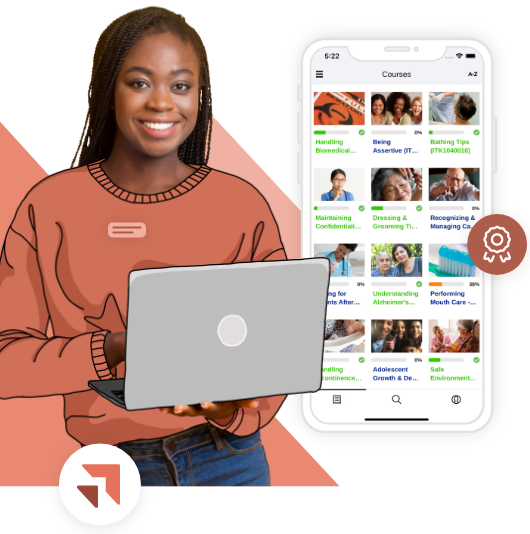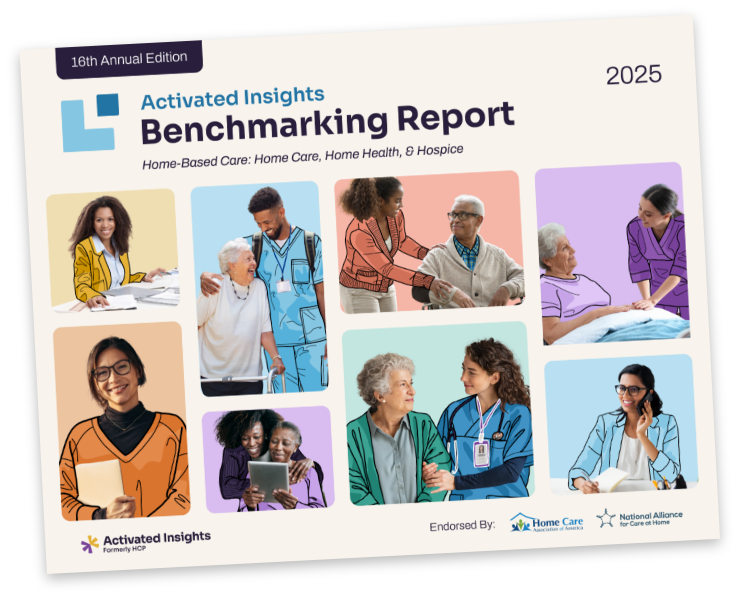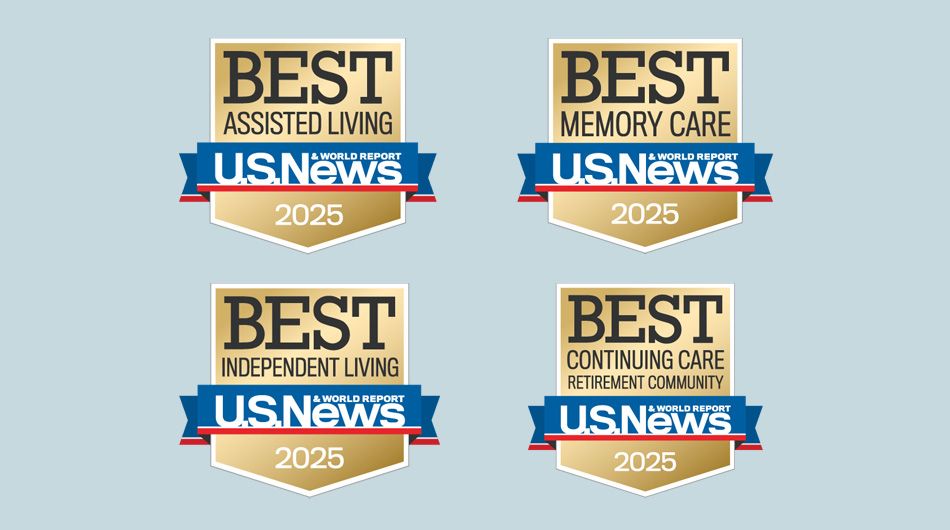There is no other way to put it: we are all learning as we go. That is the nature of a scientific response to a pandemic involving a novel disease.
Rules and regulations change daily, sometimes hourly, as new data is published and experts zero in on recommendations to keep the population safe and prepared to persevere. Meanwhile, clients become more and more ill, and their care requirements become more complex. The healthcare landscape is, therefore, constantly changing.
One thing that must never change is our dedication to maintaining a safe and compliant environment for caregivers and clients as we navigate these unsettled waters of the COVID-19 pandemic.
Luckily, the Occupational Safety and Health Administration (OSHA) has recently released a federal emergency temporary standard (ETS) to assist administrators in protecting healthcare workers against repeated exposure to our shared invisible enemy: COVID-19. Therefore, caregivers may feel confident that, at a minimum, they should expect the same level of protection against COVID-19 across state lines and in any healthcare scenario as they would find in their home state.
Read on to make sure that you are complying with the new standards and providing the highest level of protection to your healthcare workers.
The standard has several subparts, the most significant being 1910.502 – Healthcare. Here is how you can retain healthcare compliance with OSHA:
#1: Have a plan, and better yet – print it!
Let’s face it; COVID is here to stay. What better time than now to develop a plan, implement it, and enforce it?
OSHA standard states this is a necessity. If you have more than ten employees, it needs to be in writing. OSHA recommends designating a safety coordinator who can enforce compliance, involve non-managerial employees in hazard assessment, and plan development. Don’t forget to include your plan in policies and procedures to minimize the transmission risk to employees.
#2: Screen the clients
Nothing is quite as soothing as knowing the coast is clear. Screening clients at entry points of care for signs and symptoms of COVID-19 is a great way to provide your healthcare workers with a sense of security while also staying OSHA compliant.
#3: Know your precautions
Remember those policies and procedures you have asked your safety coordinator to work on with the input from your healthcare workers? Now is a great time to include information on Standard and Transmission-based precautions by pulling in guidelines from the Center for Disease Control (CDC).
#4: Provide armor!
Providing armor against COVID-19 is essential. You must expect your healthcare workers to don personal protective equipment (PPE) and provide each employee PPE to utilize when indoors or occupying a vehicle with others for work. Ensure your healthcare workers use respirators and appropriate PPE (gloves, gowns, masks, face shields, or eye protection) for exposure to people with known or suspected COVID-19.
#5: Avoid aerosols
It’s a great idea to keep the traffic to a minimum when performing care that may aerosolize airway secretions from a client with suspected or known COVID-19. Perform these procedures in an airborne infection isolation room (if available), allow only essential employees to be present during the procedure, and be sure to clean and disinfect all surfaces and equipment after the procedure.
#6: Keep your distance
A well-known step in the fight against COVID-19, maintain a distance of 6 feet between people when indoors. Floor markings and associated signs are a great way to remind both clients and healthcare workers.
#7: Put up physical barriers
Install barriers that are easy to clean (or, better yet, throw away!) at each fixed work location in areas where patient care is not being carried out and where workers are unable to be separated by 6 feet of distance.
#8: Clean and disinfect
Clean up, everybody, everywhere! Be sure to follow standard practices for cleaning and disinfecting equipment and surfaces according to CDC guidelines in these areas: patient care, resident rooms, and where medical devices and equipment are stationed. Clean high-touch surfaces and ensure excellent hand hygiene by providing handwashing facilities in close reach and alcohol-based hand sanitizer that contains at least 60% alcohol.
#9: Adequate ventilation
OSHA recommends that employer-owned or controlled HVAC systems be fitted with air filters rated Minimum Efficiency Reporting Value (MERV) 13 or higher if your system allows it. Be sure to operate your existing HVAC system according to the manufacturer’s instructions and design allowance.
#10: Screen healthcare workers and medical management
Caregivers typically work with many different clients in a day. Then, it is no surprise that OSHA requires that employers screen employees for COVID signs and symptoms daily before beginning the shift day.
Require that your healthcare workers notify you when they test positive, suspect they may have COVID-19, or are experiencing any symptoms. Do your due diligence and ensure that employees exposed to a co-worker who tests positive for COVID-19 are made aware. Continue to follow requirements for removing employees from the workplace in association with COVID-19.
If you have more than ten employees, be sure to provide medical removal benefits, complying with the standard for healthcare workers who must begin to isolate or quarantine.
#11: Vaccinate with pay!
Experts agree that vaccination is the world’s best defense against COVID-19.
OSHA ETS requires that employers provide time for their employees to get vaccinated. Employers are expected to pay employees for this time and provide paid leave for any employees experiencing vaccine side effects.
Take note, OSHA is not the only one with their eye on you. Expect this requirement to be backed fully by those in The White House, where President Biden has released new mandates requiring COVID-19 vaccinations for over 17 million health care workers in health care settings. Employers with over one hundred employees, take heed: under this mandate, you will be required to ensure your healthcare workers are either vaccinated or tested weekly.
Related content: 4 Strategies to Ease Vaccine Hesitancy in Caregivers
#12: Train, train, and train some more
Remember those beautiful policies and procedures you created? Now is a great time to share them with your healthcare workers. Be sure your employees understand COVID-19, how it is transmitted, and how to protect themselves from infection in the workplace. Be creative. Roleplay real-life workplace situations that lead to infection or reach out to Activated Insights for our training on the subject! Available now, for free!
#13: Create a safe space
There is nothing worse than coming upon an unsafe situation at work and being afraid to voice it to management. Do not let this be you. OSHA requires that employers inform their employees of their rights to be protected. They should, under no circumstances, be discriminated against or fired for exercising their rights by engaging in activities required under the ETS.
#14: Keep records and REPORT!
Finally, in the unfortunate circumstance one of your employees does become infected with COVID-19, keep a log of each instance whether it was a workplace exposure or an exposure off-the-clock. This documentation is required for those with ten or more employees. Follow the requirements and make these records available to employees. Be sure to report to OSHA any work-related deaths or in-patient hospitalizations from COVID-19.
Related Posts







